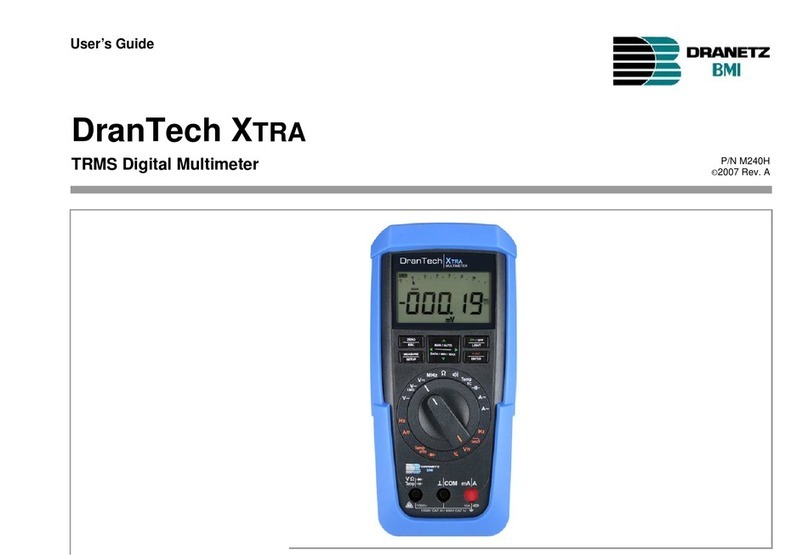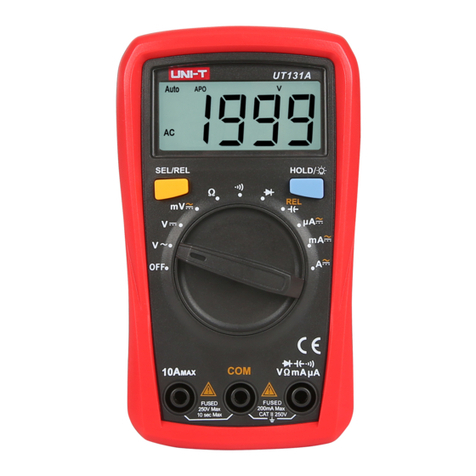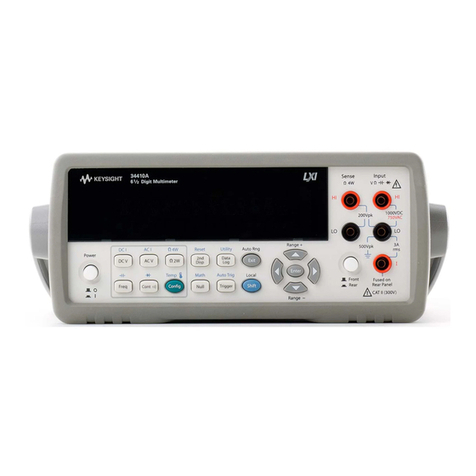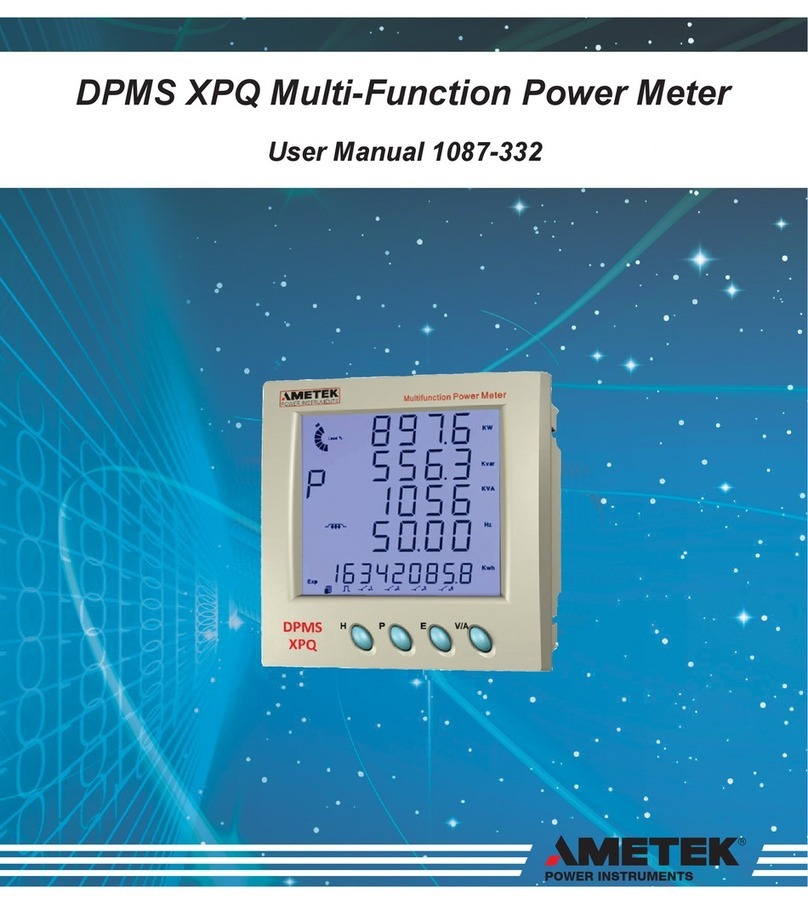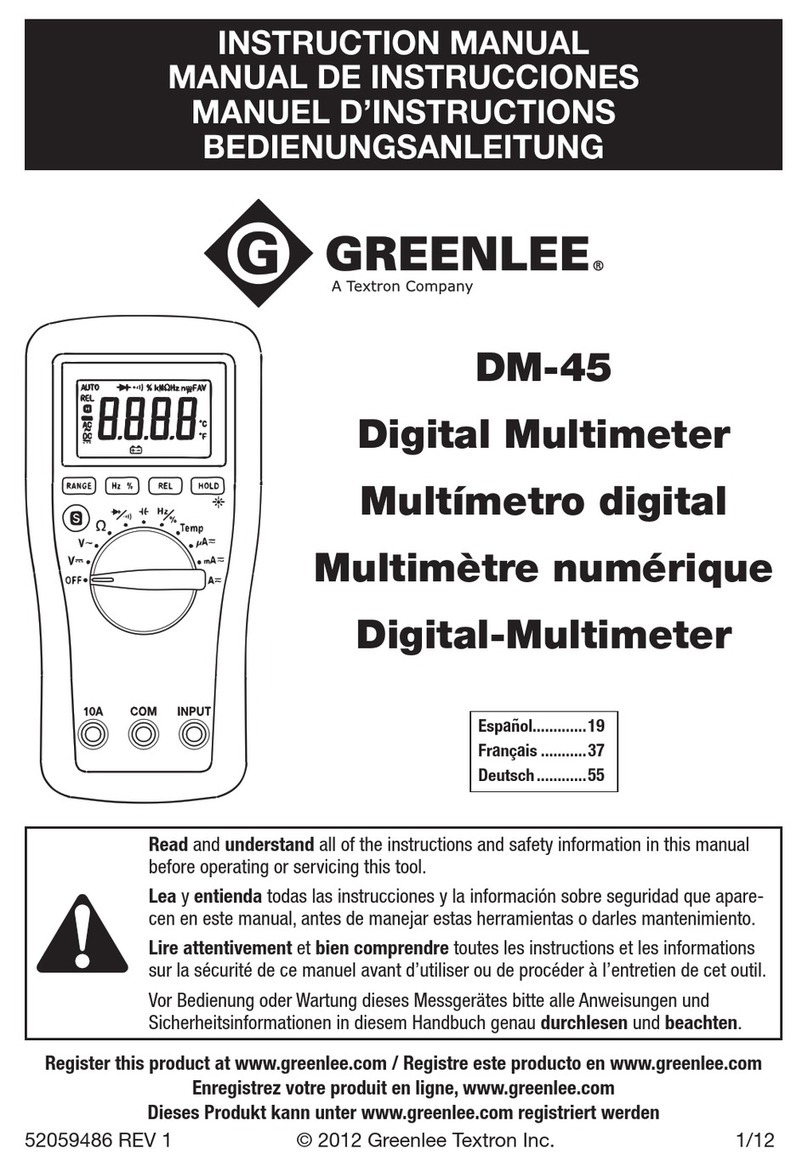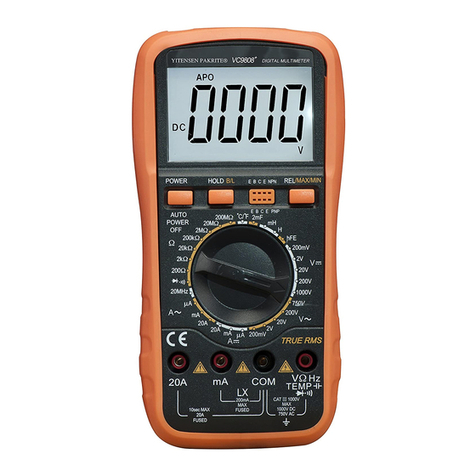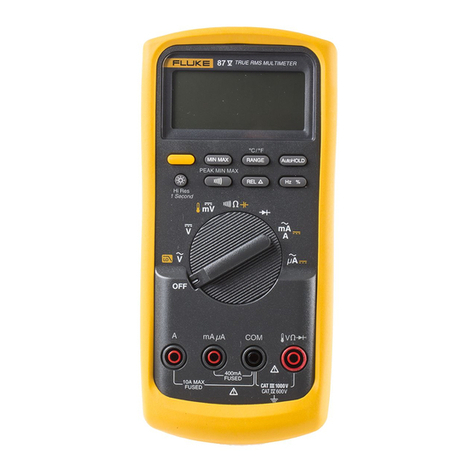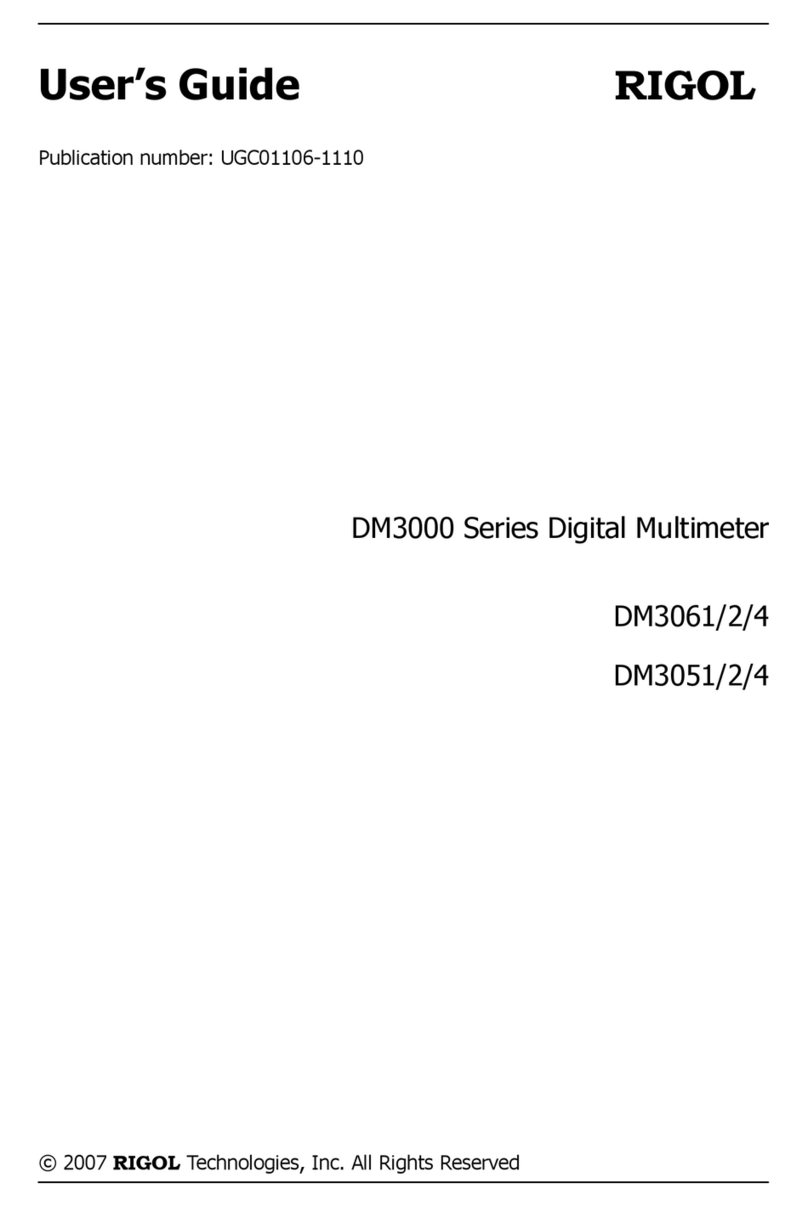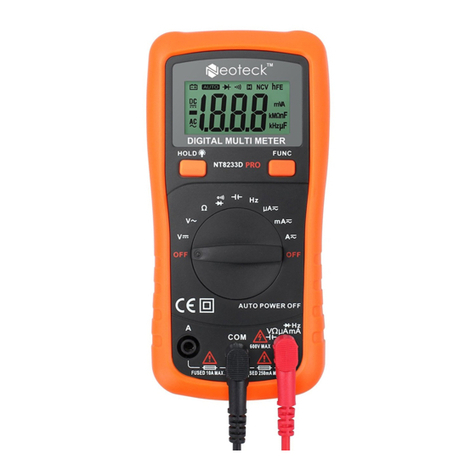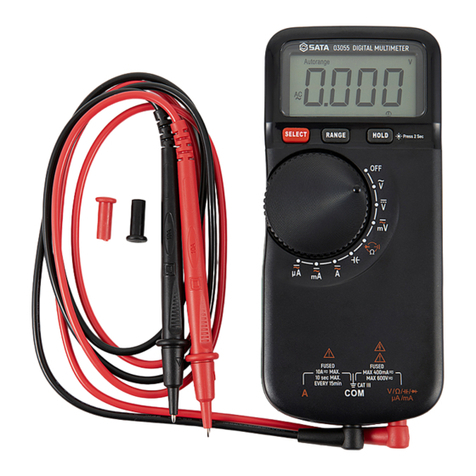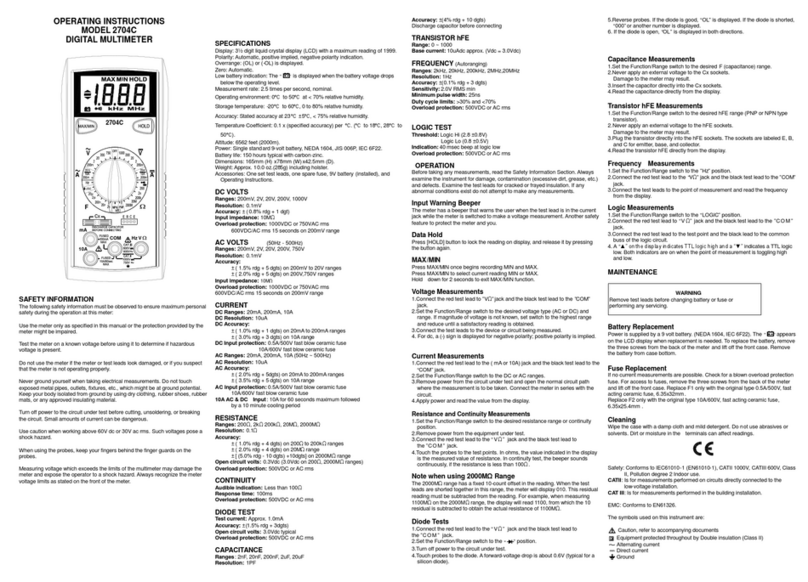Black Box TS590A User manual

1000 Park Drive • Lawrence, PA 15055-1018 • 724-746-5500 • Fax 724-746-0746
© Copyright 2004. Black Box Corporation. All rights reserved.

JULY 2004
TS590A
TS591
TS592
TS593
SOHO Tester
CUSTOMER SUPPORT INFORMATION
Order toll-free in the U.S.: Call 877-877-BBOX (outside U.S. call 724-746-5500)
FREE technical support 24 hours a day, 7 days a week: Call 724-746-5500 or fax 724-746-0746
Mailing address: Black Box Corporation, 1000 Park Drive, Lawrence, PA 15055-1018


1
FEDERAL COMMUNICATIONS COMMISSION
AND
INDUSTRY CANADA
RADIO FREQUENCY INTERFERENCE STATEMENTS
This equipment generates, uses, and can radiate radio-
frequency energy, and if not installed and used properly, that
is, in strict accordance with the manufacturer’s instructions,
may cause interference to radio communication. It has been
tested and found to comply with the limits for a Class A
computing device in accordance with the specifications in
Subpart B of Part 15 of FCC rules, which are designed to
provide reasonable protection against such interference when
the equipment is operated in a commercial environment.
Operation of this equipment in a residential area is likely to
cause interference, in which case the user at his own expense
will be required to take whatever measures may be necessary
to correct the interference.
Changes or modifications not expressly approved by the party
responsible for compliance could void the user’s authority to
operate the equipment.
This digital apparatus does not exceed the Class A limits for radio
noise emission from digital apparatus set out in the Radio Interference
Regulation of Industry Canada.
FCC AND IC RFI STATEMENTS

2
SOHO TESTER
Le présent appareil numérique n’émet pas de bruits radioélectriques
dépassant les limites applicables aux appareils numériques de classe
A prescrites dans le Règlement sur le brouillage radioélectrique publié
par Industrie Canada.

3
NOM STATEMENT
NORMAS OFICIALES MEXICANAS (NOM)
ELECTRICAL SAFETY STATEMENT
INSTRUCCIONES DE SEGURIDAD
1. Todas las instrucciones de seguridad y operación
deberán ser leídas antes de que el aparato eléctrico sea
operado.
2. Las instrucciones de seguridad y operación deberán
ser guardadas para referencia futura.
3. Todas las advertencias en el aparato eléctrico y en sus
instrucciones de operación deben ser respetadas.
4. Todas las instrucciones de operación y uso deben ser
seguidas.
5. El aparato eléctrico no deberá ser usado cerca del
agua—por ejemplo, cerca de la tina de baño, lavabo,
sótano mojado o cerca de una alberca, etc..
6. El aparato eléctrico debe ser usado únicamente con
carritos o pedestales que sean recomendados por el
fabricante.
7. El aparato eléctrico debe ser montado a la pared o al
techo sólo como sea recomendado por el fabricante.

4
SOHO TESTER
8. Servicio—El usuario no debe intentar dar servicio al
equipo eléctrico más allá a lo descrito en las
instrucciones de operación. Todo otro servicio deberá
ser referido a personal de servicio calificado.
9. El aparato eléctrico debe ser situado de tal manera
que su posición no interfiera su uso. La colocación del
aparato eléctrico sobre una cama, sofá, alfombra o
superficie similar puede bloquea la ventilación, no se
debe colocar en libreros o gabinetes que impidan el
flujo de aire por los orificios de ventilación.
10. El equipo eléctrico deber ser situado fuera del alcance
de fuentes de calor como radiadores, registros de
calor, estufas u otros aparatos (incluyendo
amplificadores) que producen calor.
11. El aparato eléctrico deberá ser connectado a una
fuente de poder sólo del tipo descrito en el instructivo
de operación, o como se indique en el aparato.
12. Precaución debe ser tomada de tal manera que la
tierra fisica y la polarización del equipo no sea
eliminada.
13. Los cables de la fuente de poder deben ser guiados de
tal manera que no sean pisados ni pellizcados por
objetos colocados sobre o contra ellos, poniendo
particular atención a los contactos y receptáculos
donde salen del aparato.

5
NOM STATEMENT
14. El equipo eléctrico debe ser limpiado únicamente de
acuerdo a las recomendaciones del fabricante.
15. En caso de existir, una antena externa deberá ser
localizada lejos de las lineas de energia.
16. El cable de corriente deberá ser desconectado del
cuando el equipo no sea usado por un largo periodo
de tiempo.
17. Cuidado debe ser tomado de tal manera que objectos
liquidos no sean derramados sobre la cubierta u
orificios de ventilación.
18. Servicio por personal calificado deberá ser provisto
cuando:
A: El cable de poder o el contacto ha sido dañado; u
B: Objectos han caído o líquido ha sido derramado
dentro del aparato; o
C: El aparato ha sido expuesto a la lluvia; o
D: El aparato parece no operar normalmente o
muestra un cambio en su desempeño; o
E: El aparato ha sido tirado o su cubierta ha sido
dañada.

6
SOHO TESTER
TRADEMARKS USED IN THIS MANUAL
Any trademarks mentioned in this manual are
acknowledged to be the property of the trademark
owners.

7
CONTENTS
Contents
Chapter Page
1. Specifications . . . . . . . . . . . . . . . . . . 9
2. Introduction. . . . . . . . . . . . . . . . . . 11
2.1 Overview . . . . . . . . . . . . . . . . . 11
2.2 The SOHO Tester
Illustrated . . . . . . . . . . . . . . . . 13
3. Test Modes . . . . . . . . . . . . . . . . . . . 15
3.1 Telephone (TEL) Cable
Test Mode . . . . . . . . . . . . . . . . 15
3.2 Network (NTWK) Cable
Test Mode . . . . . . . . . . . . . . . . 17
3.3 Tone Mode . . . . . . . . . . . . . . . 19
3.4 Coax Mode . . . . . . . . . . . . . . . 20
3.5 Volts Mode. . . . . . . . . . . . . . . . 21

8
SOHO TESTER
Contents (continued)
Chapter Page
4. Cable Testing . . . . . . . . . . . . . . . . . 23
4.1 To Test a Patch Cable. . . . . . . 23
4.2 To Test a Coax Cable . . . . . . . 24
4.3 To Place a Tone on a Cable . . 25
5. Interpreting Cable Test Results . . 27
6. Replacing the Battery . . . . . . . . . . 36
7. Troubleshooting . . . . . . . . . . . . . . 38
7.1 Calling Black Box . . . . . . . . . . 38
7.2 Shipping and Packaging. . . . . 39

9
CHAPTER 1: Specifications
1. Specifications
Battery Life: 9V alkaline battery, typical;
Standby mode: 2.5 years;
Cable testing: 150 hours;
Tone generator: 250 hours
Cable Types: Shielded or unshielded,
CAT5e, CAT5, CAT4, CAT3, and coax
Minimum Cable Length for Testing of Split
Pairs: 3 ft. (0.9 m)
Coax Cable: 100 ohms maximum DC
resistance, center conductor plus shield
User Controls: (5) buttons: (1) TEL,
(1) COAX, (1) TONE, (1) NTWK,
(1) REMOTE UNIT

10
SOHO TESTER
Connectors: (1) F-connector female,
(1) RJ-45 female, (1) 6-wire RJ-12 female
Indicators: (1) LCD display
Temperature Tolerance: Operating: 32 to
122°F (0 to 50°C); Storage: 14 to 140°F
(-10 to +60°C)
Relative Humidity: Up to 90%,
noncondensing
Power: (1) removable 9-volt battery
Size: 5.2"H x 2.9"W x 1.6"D (13.2 x 7.4 x
4.1 cm)
Weight (with battery and remote): 8.5 oz.
(241 g)

11
2. Introduction
WARNING
Do not attach the tester to AC power. It
may be damaged and cause a safety
hazard.
CAUTION
Improperly crimped or damaged plugs can
damage the tester’s jacks. Inspect plugs
for proper termination and crimping before
inserting into the tester. Contacts should
always be recessed into the plug’s plastic
grooves. Do not use 6-position plugs with
the 8-position (network) jack.
2.1 Overview
The SOHO Tester is designed to test all
common low-voltage cabling systems found
in homes—telephone, network, or video.
The tester has a large, bright LCD display
and four buttons used to access each
function. The remote attaches to the main
unit for storage and patch cable testing.
CHAPTER 2: Introduction

12
SOHO TESTER
The tester tests network (8-wire),
telephone (6-wire), and coax cabling
systems. It supports eight network remotes
and ten coax remotes.
Available in a 20-pack are Coax Remote
Identifiers (TS591), RJ-45 Wire Mappers
(TS592), or RJ-11 Wire Mappers (TS593).
The numbered coax identifiers and the
wire mappers attach to the coax or twisted-
pair cable’s end. To tell you which cables
are being tested, the label numbers on the
coax identifiers and wire mappers appear
on the tester’s LCD during the test.
The large, seven-segment LCD uses icons
for clear cable test results that are
displayed in wire map format. The tester
checks for shorts, opens, miswires, reverse
pairs (a type of miswire), and split pairs.

13
CHAPTER 2: Introduction
For correctly wired straight-through or
crossover TS568A/B cables, the tester
displays the PASS icon. For correctly wired
straight-through or crossover 6-pin
telephone cables, the tester also displays
the PASS icon.
The tester features a tone generator mode
for use with tone tracers. It automatically
powers off in any mode and consumes low
power for long battery life.
A convenient modular plug remote and
coax test terminator store in the tester’s
case’s bottom end.
2.2 The SOHO Tester Illustrated
Figure 2-1 shows the SOHO tester.

14
SOHO TESTER
Figure 2-1. The SOHO tester’s buttons.
TEL (Telephone cable test): Press to power
on and begin testing. Uses 3-pair USOC
standard and 6-position RJ jack. Press for 2
seconds to turn off the split pair test.
COAX (Coax cable test): Press to power on
and begin testing. Tests for shorts, opens,
and identifies up to 10 unique remotes on the
F-connector jack. Use with the test terminator
stored in the back of the RJ remote on the
tester’s bottom.
TONE (Tone generator): Press a cable test
button for the connector being used, then
press the TONE button. Displays pins being
driven in that connector’s terms.
REMOTE UNIT: Squeeze the remote at the finger
grip openings in the main unit to remove it. Use the
same connector on the remote as on the main unit.
NTWK: (Network cable test): Press to
power on and begin testing. Uses T568A/B
standard and 8-position RJ jack.
Test terminator
Remote unit—front view
6-Position
8-Position
(shielded)
6-Position 8-Position
(shielded) COAX
(F-connector)
Main unit—front view

15
CHAPTER 3: Test Modes
3. Test Modes
3.1 Telephone (TEL) Cable Test Mode
The SOHO Tester assumes that the
6-position jack on the main unit and the
remote will be used for connecting the
tester to the cable run you want to test.
This mode uses the 3-pair USOC standard
to define the pairs. Connector pins 1–6,
2–5, and 3–4 are the pairs defined by this
standard. The tester will display the PASS
icon when all 6 pins are correctly wired in a
one-to-one order. If all 6 pins are correctly
wired in the reverse order, the PASS icon
and a flashing REV icon will appear.
Standard telephone cables used between a
phone set and a wall jack are usually
reverse-pinned.

16
SOHO TESTER
After turning on the telephone cable test
mode, subsequently pressing the TEL
button for less than 2 seconds long forces a
new test cycle to begin immediately when
the button is released. Use this to begin a
new test when attaching a new cable to the
tester. Hold the button down for more
than 2 seconds to turn the split pair test
off. The SPLIT icon and the word OFF
appear on the screen momentarily to
indicate this. Another long press will toggle
back to the split pair testing, and so on.
When split pair testing is not required (as
in the testing of flat satin cable), turn off
the split pairs test. This way a cable may
pass based on continuity only.

17
CHAPTER 3: Test Modes
3.2 Network (NTWK) Cable Test Mode
The SOHO Tester assumes the 8-position
jack on the main unit and the remote will
be used for connecting the tester to the
cable run to be tested. The TIA/EIA
568A/B standard is used to define the
pairs. Connector pins 1–2, 3–6, 4–5, and
7–8 are the pairs defined by this standard.
The A and B standards are the same except
for color-coding and are indistinguishable
from each other by electrical testing. The
tester will display the PASS icon when all 8
pins are correctly wired in a one-to-one
order. If all 8 pins are correctly wired with
the 1–2 and 3–6 pairs crossed, the PASS
icon will be displayed along with a flashing
UPLINK icon. Uplink cables are also
known as crossover or T568A-to-T568B
cables and are commonly used to connect
This manual suits for next models
3
Table of contents
